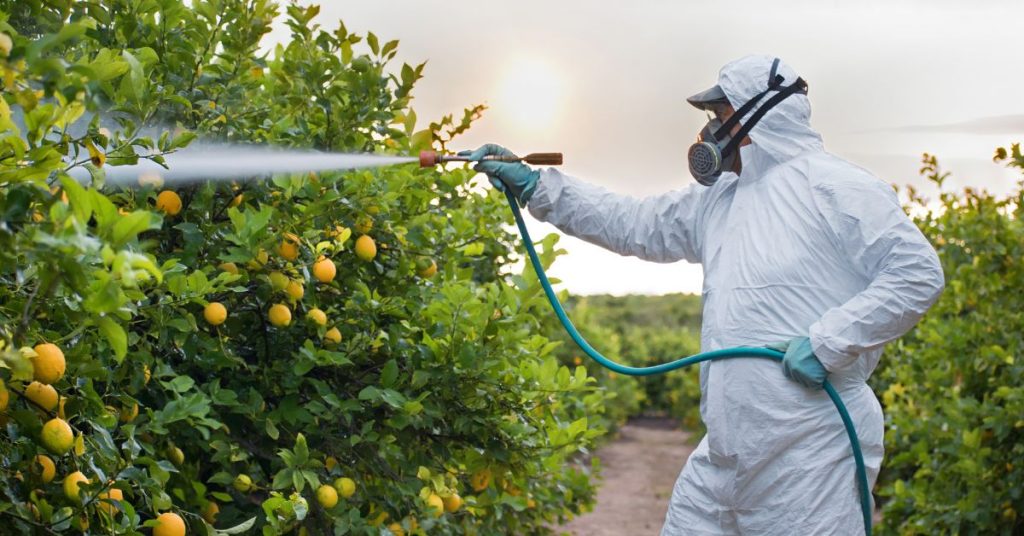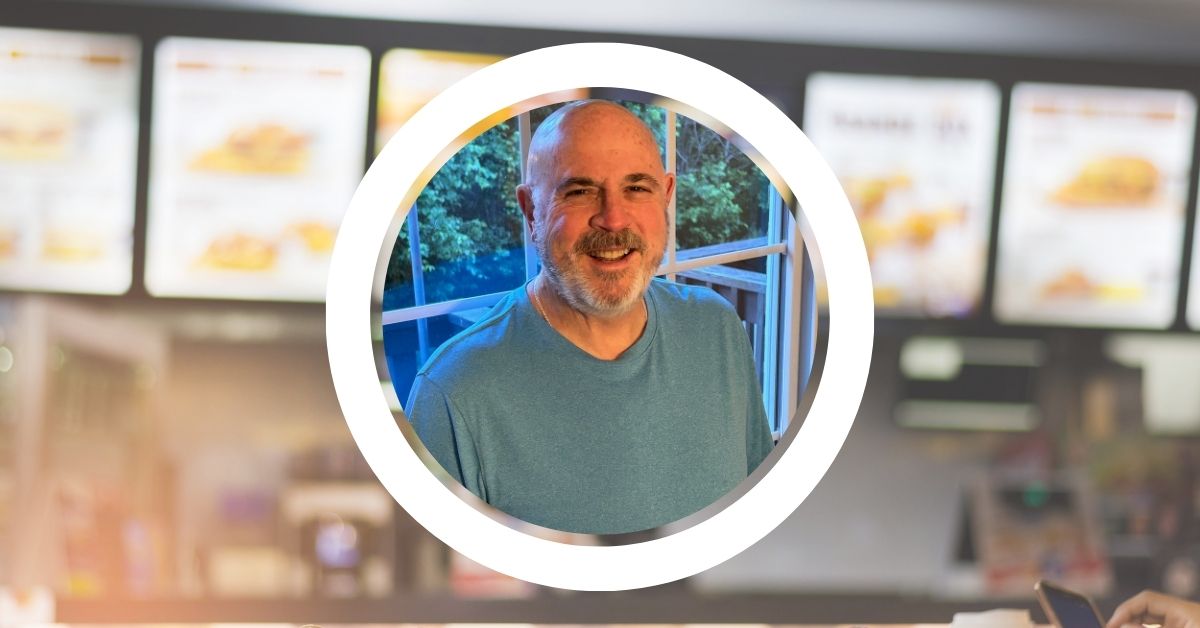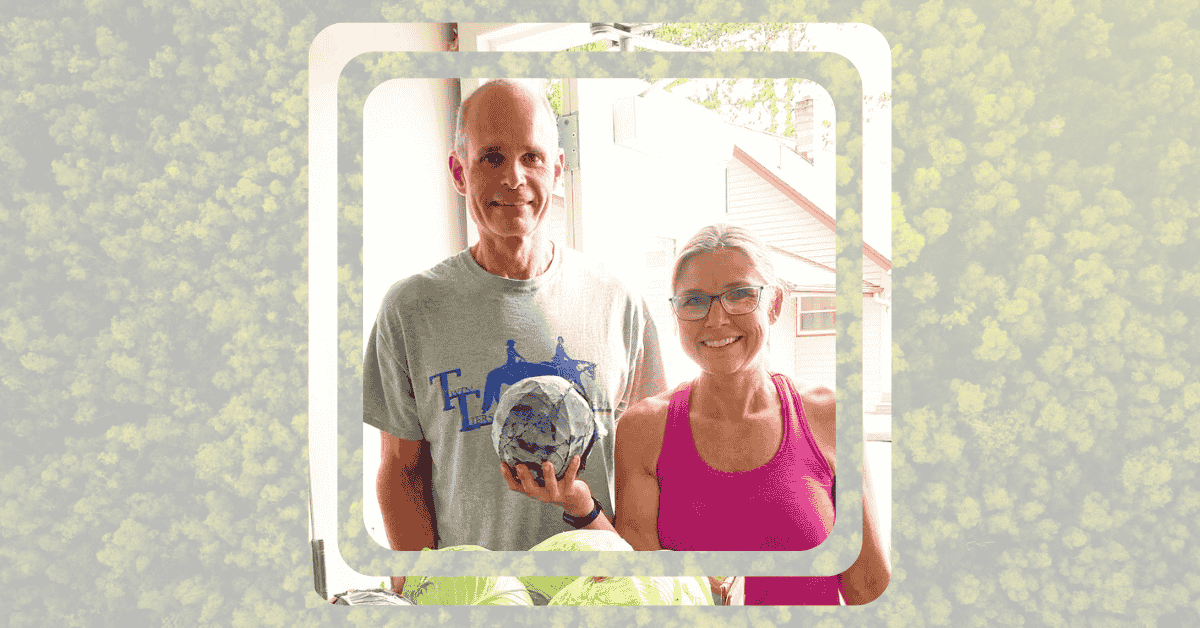

I would like to turn your attention toward a nagging question about foods, namely carcinogens in foods. We hear so much about them, but what, really, are they? Mainly, we have heard that carcinogens cause cancer and anticarcinogens prevent cancer. This idea was well articulated in a 1983 article published in Science by Professor Bruce Ames of the University of California.
The Cranberry Scare
Despite Professor Ames’ worthy efforts, our ideas about chemical carcinogens remain far too simplistic. The working definition of a carcinogen has its origins around 1915, at which point it took on the meaning of a chemical that, when tested in experimental animals, unequivocally caused cancer. During the next two to three decades, many chemicals were found to have these properties. By the late 1950s, the carcinogenic red flags looming over our food supplies could no longer be ignored. That’s when an herbicide used on cranberries was found to be capable of causing thyroid tumors in experimental animals. With this news coming shortly before the Thanksgiving holidays, the cranberry business took an immediate nosedive. What timing that was! Shortly afterward, Congress amended the Food and Drug law to include the Delaney Clause. This said that any chemical shown to cause tumors in experimental animals should be banned from human use.
An Impossible Task?
How simple it all seemed. Ever since then, the US government has been conducting animal experiments to test the potential of certain chemicals to cause cancer in humans. Yet, more than 30 years later, the task is barely begun. By some estimates, not more than five percent of the chemicals in our environment have been tested. The amount of work pending (and the budgets allocated for this testing) is enough to keep experimental pathologists and toxicologists busy for decades.
One might have imagined that throughout all these investigations, we would have come closer to understanding the importance of chemical carcinogens. To the contrary, the idea has become much, much more complicated than that simple clause of 1958 would have led us to believe. All sorts of important questions have arisen. Most significantly, are the carcinogenic levels used in experimental animal studies relevant for humans? And are there levels of exposure below which cancer might not occur? These questions are critical because much evidence indicates that the differences between species, humans included, may be millionfold or greater! We need to know which dose is relevant for humans and which for rats and mice.
Another quite technical question concerns whether the definition of a carcinogen should be limited only to those chemicals that initiate tumors. These are often referred to as mutagens because they mutate the genetic DNA. By doing so, they may also initiate the cancer process. However, there are also chemicals that, by themselves, do not initiate but do promote tumor growth and development.
The simplest tests for mutagens were developed by Professor Ames; today, these are popularly known as Ames tests. These and similar tests have been widely used to get an early indication of possible cancer causes. Indeed, as every industrial toxicologist knows, if a chemical with commercial potential is shown to be mutagenic, further development is suspended. This is because of the strong possibility that the compound may eventually be shown to produce tumors in experimental animals and, therefore, will be regulated out of existence.
Dangerous Diets
Considering that the 1958 Delaney Clause stipulated that any substance shown to cause cancer in experimental animals must be labeled a carcinogen, we must ask, Why isn’t animal protein labeled a carcinogen? There is quite an irony here. For a chemical to be considered carcinogenic, the cancer must result from ingesting excessive amounts of a particular substance. Yet, only modest amounts of animal protein have been found to result in cancerous tumors in animal studies. Moreover, human studies also support this carcinogenic effect of animal protein, even at usual levels of consumption. In my view, no chemical carcinogen is nearly as important in causing human cancer as animal protein.
The flip side of this issue is the often overlooked ability of plant-based foods to protect against the potentially damaging effects of mutagens. We know, for example, that many mutagens occur naturally in plants. Why not worry about these chemicals? Because the cancer-producing potential of natural mutagens (usually present in small amounts) is controlled by the simultaneous consumption of nutrients and related materials in those same plants. It might even be argued that Nature has used these potentially harmful substances to her own good effect to stimulate and develop the body’s own protective machinery.
Frankly, there is no topic so confusing to the public and policymakers as chemical carcinogens. The point I would like to leave you with is this: while we must be cautious about adding more chemical carcinogens to our environment, we also must recognize what is, in effect, the most relevant carcinogen of all—an animal-based diet. The carcinogenicity of this diet is due to both the presence of cancer-promoting agents and the absence of protective agents from plants. We should worry less about specific chemical carcinogens and more about eating plenty of quality plant-based foods.
Again, I do not mean to suggest that we disregard the potentially harmful effects of chemical carcinogens; rather, I suggest we restore some balance to the debate, in favor of nutrition. Because of the current imbalance, we spend hundreds of millions of dollars on the imperceptibly slow testing of chemical carcinogens each year but only a fraction of this amount on relevant nutrition research. About seven years ago, I was invited to present a seminar to the government agency responsible for testing chemical carcinogens. I was told that even though my criticisms might be valid, no one “below the White House” would suspend or abolish the program. The investment stakes were simply too high to recommend radical change.
References
- Ames, B. Dietary Carcinogens and Anticarcinogens. Science 221:1256–1264, 1983.
- Campbell, T.C. A Decision Tree Approach to the Regulation of Food Chemicals Associated with Irreversible Toxicities. Regulatory Toxicology and Pharmacology. 1:193–201, 1981.
- Campbell, T.C. Chemical Carcinogens and Human Risk Assessment. Fed. Proc. 39:2467–2484, 1980.
Copyright 2025 Center for Nutrition Studies. All rights reserved.
Deepen Your Knowledge With Our
Plant-Based Nutrition
Certificate
Plant-Based Nutrition Certificate
- 23,000+ students
- 100% online, learn at your own pace
- No prerequisites
- Continuing education credits











